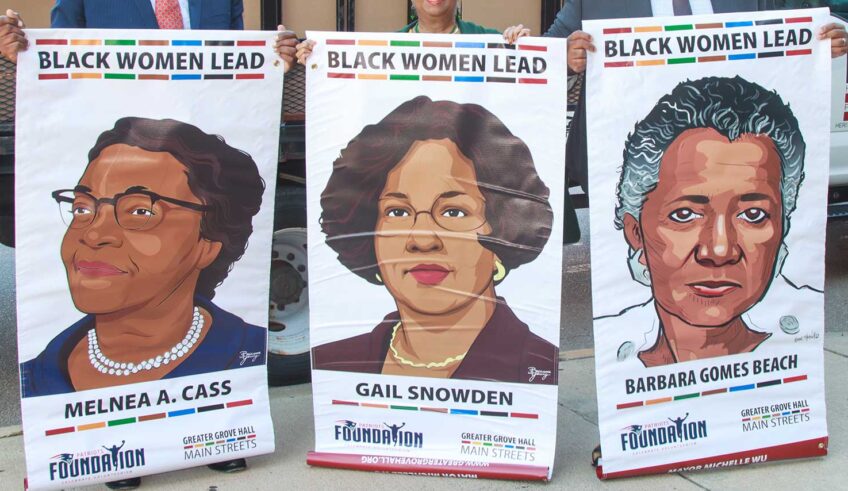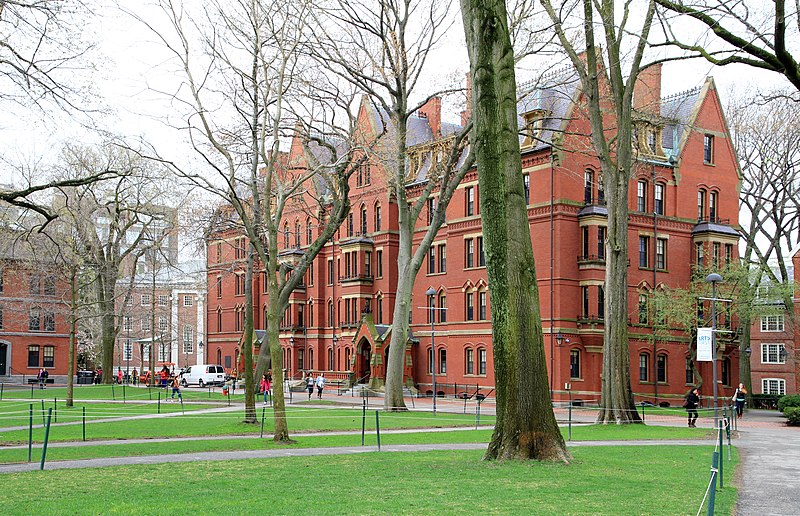It’s still the same old story
Boston lacks diversity in the city’s "corridors of power".
CommonWealth Magazine is to be commended for its excellent focus on diversity in Greater Boston in its most recent issue — particularly on diversity in the city’s “corridors of power.” The report reveals the constant and ugly truth about the history of and prognosis for meaningful diversity in a city that has recently been demographically transformed into a political locale where the majority of citizens are black, Latino and Asian. And the most disappointing statistic in the entire story is that the further back in time a racial group’s continuing history of overt and insidious destructive treatment in America goes, the lower the group’s progress and prospects for positive change in today’s world. Asians and Latinos, for example, are faring better than the progeny of black slaves.
Some white folks seem shocked — indeed even indignant — at the assertion that after five centuries of genocide, racism and discrimination in this country, the phenomena still exist. Indeed, when one suggests to these unbelievers that the conflict over issues of “states’ rights” (a convenient euphemism for “white power”) for which the Civil War was fought still rages today in the halls of Congress and beyond, they pooh-pooh the notion and say that it’s all about returning America to a time when things were more “civil and prosperous.”
In reality, it is these naysayers who foster the din of turmoil and discord as they seek to do things their way, even at the cost of debasing and destroying the entire nation! They are quick to cite the successes of the Barack Obamas, Deval Patricks, Oprah Winfreys and Ken Chenaults, and they immediately denigrate any assertion that today’s prison statistics, as well as the Trayvon Martin case and the Florida legislation that spawned it, represent the results of present-day America’s repressive policies towards blacks and other minorities. To them, exposés like the CommonWealth report are a surprising and disappointing revelation. However, for those of us who have lived through wave upon wave of handwringing and heart-wrenching diversity denouements, the reaction is significantly different.
In 1985, Joe Warren and other Dukakis insiders launched the Governor’s Commission on Minority Business Development to utilize the billion-dollar state budget to do business with and help grow minority businesses — and to facilitate thereby the utilization of minority businesses by the private sector. As a predicate to taking action, the GCMBD commissioned Wendell Knox and Abt Associates Inc. to conduct a disparity study and assessment of where state expenditures went. As a result, legislation was streamlined for the State Office of Minority and Women Business Assistance and some firms got contracts.
A decade ago, when Blue Cross/Blue Shield CEO Bill Van Faasen became chairman of The Business Collaborative, a corporate initiative to expand the use of minority firms, he moved to re-energize the effort by conducting yet another disparity study utilizing the respected investigative and analytical skills of the Boston Consulting Group and Babson College. The findings and recommendations were all too predictable (at least for blacks, who live with the problem every day), and consistent with the GCMBD findings. As a result, Van Faasen and his consortium founded the Initiative for a New Economy — yet another mechanism to fix the problem, which was, like the GCMBD that preceded it, destined to fail.
Why, one might naively ask, is this so? It’s because in order for minorities to get a piece of the pie, the pie has to be cut up differently. Despite what economists might tell you about the growth of a pie once you share it, the folks who currently have all of the pie (white folks) don’t see it that way, and they are competing to get all of the pie all of the time rather than being satisfied with 80 percent or 90 percent. Periodically, when there’s been a new, big pie on the table, Boston’s white establishment has warmed to the idea of using it to cut minorities in on a deal. For one thing, the circumstance allows them to escape the distasteful task of cutting up differently an existing pie.
However, the new big pie projects in Boston like Copley Place, the Big Dig, the Convention Center and the Logan Airport expansion attracted a slew of “promise-them-anything-to-get-the-deal” developers who reneged on their promises to the minority community regarding employment, vendor relationships and nonprofit support. Indeed, the only project that kept its pledge was the hugely successful “Parcel 18” project, a linkage proposal combining the skyscraper at One Lincoln Plaza with development at Ruggles Place. It succeeded because it was created with minorities in the driver’s seat at the outset, in an assured “seat at the table.” Despite its success, the Parcel 18 deal was never replicated nor its mandatory equity tenets encouraged in other development deals (such as the casino). Indeed, the project’s very success doomed its replication.
In truth, our nation was founded on the principles of constructive greed and exploitation, and inducing the “haves” to share with the “have-nots” — even to right past wrongs — is not any easy task. To be open to the idea, one has to be intelligent, enlightened, understanding, compassionate and visionary. Add to those traits the creativity, commitment, determination and persistence to fashion remedial measures and see them through, and the formula for success is set. Unless and until the people cutting up the pie have those traits, a succession of depressing exposés like the CommonWealth report will continue to be written over the years.
Meanwhile, we must continue to note that the problem is not new, and the solutions are not new. It’s still the same old story!
Fletcher H. Wiley is a lawyer, entrepreneur, activist, and political commentator.


![Banner [Virtual] Art Gallery](https://baystatebanner.com/wp-content/uploads/2024/04/Cagen-Luse_Men-at-store-e1713991226112-150x150.jpg)



